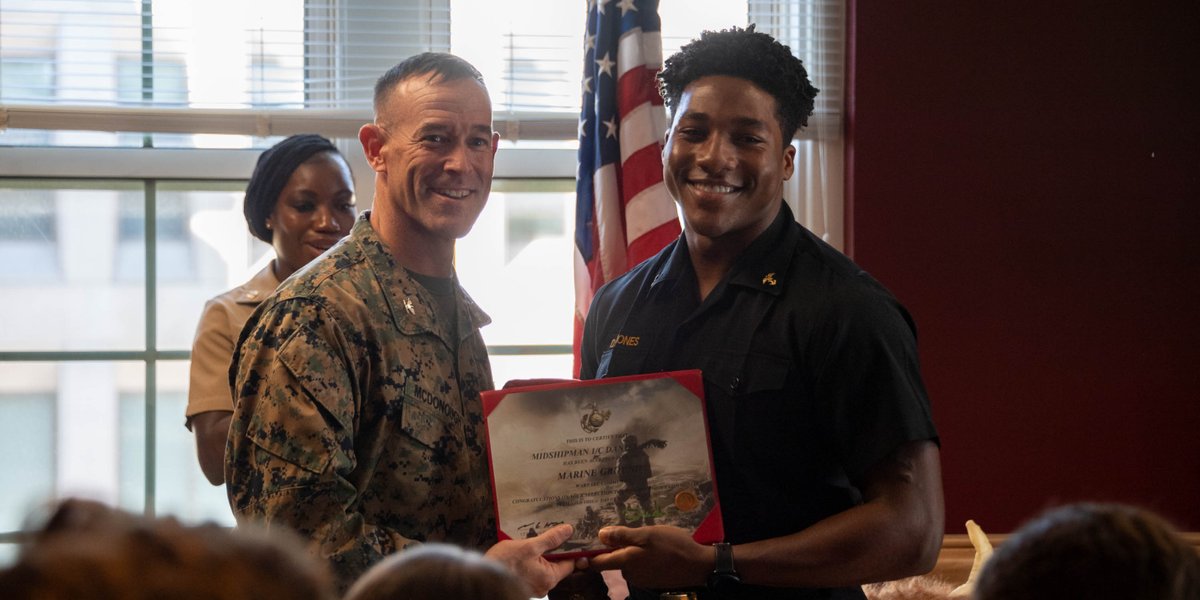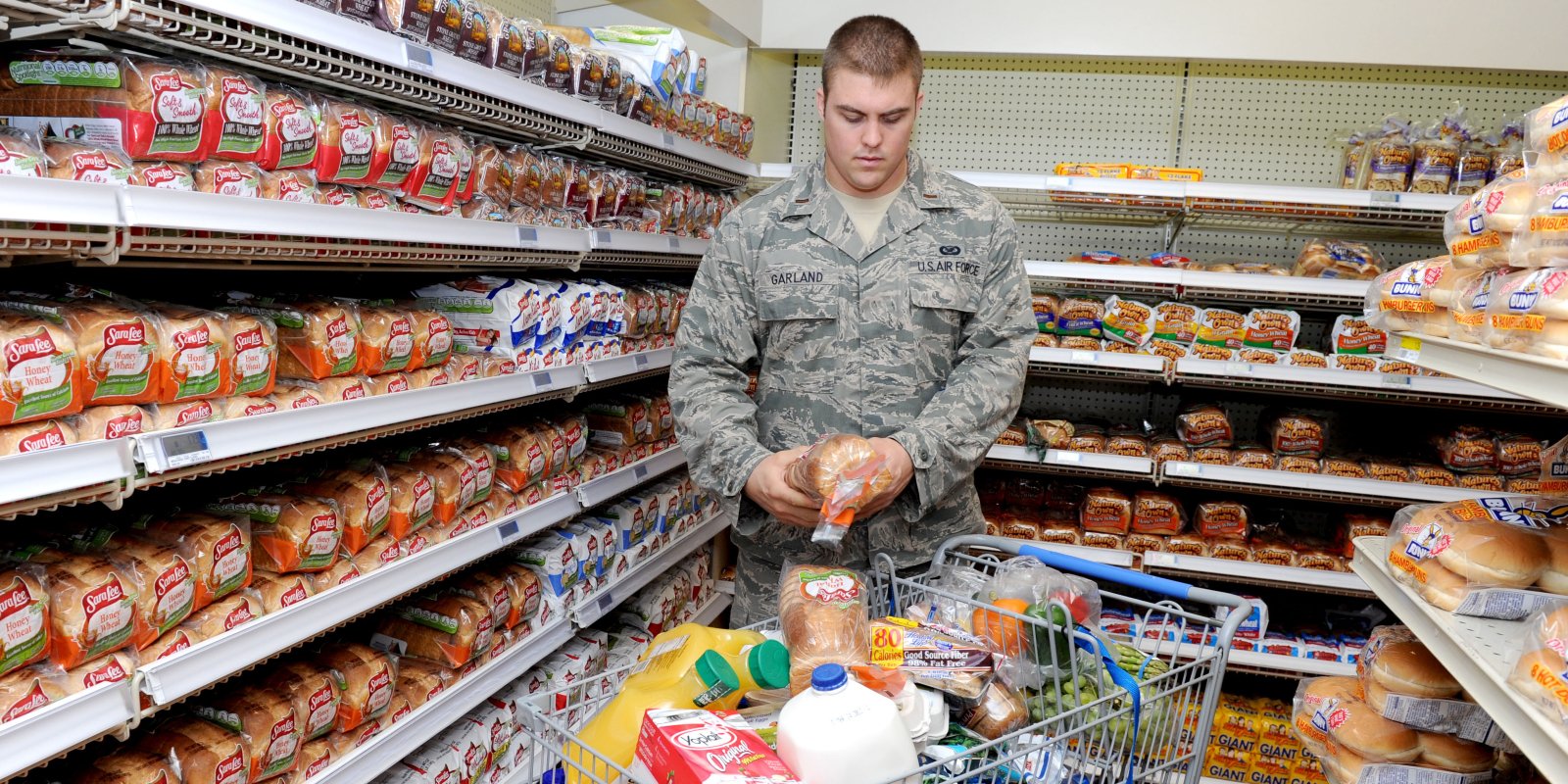BEHIND THE SCENES OF THE NAVAL ACADEMY SERVICE ASSIGNMENT PROCESS

The service assignment process at the Naval Academy represents one of the most significant milestones in a midshipman's journey—second only to commissioning itself.
Let me walk you through exactly how this process works, what communities are available, and how you can best understand the importance of this event in relation to their future naval career.
Understanding Service Assignment vs. Service Selection
When people talk about service assignment at the Naval Academy, you will often hear it referred to as service selection. It’s got a nice little ring to it. I mean, who doesn’t love a good alliteration?! But let's clear up some terminology that even many Naval Academy families get wrong. The process is called service assignment, not service selection. This distinction matters because it more accurately reflects how the system actually works.
Service selection ended in 1994. Prior to that change, midshipmen literally marched down to Memorial Hall based on their order of merit and selected available slots off a board. At that point, you did, quite literally, select your service community. Today's process is more sophisticated and considers multiple factors beyond just class rank.
The current system represents a two-way evaluation where communities assess midshipmen while midshipmen express their preferences. Think of it as a mutual matching process rather than a simple selection from a menu.
The Three-Part Framework: Performance, Preference, and Needs
The service assignment process operates on three fundamental pillars that work together to determine assignments:
Aptitude and Performance
This encompasses a midshipman's academic performance, physical fitness scores, conduct record, and leadership evaluations. Communities look at the whole person, not just grades or PRT scores.
The higher your overall order of merit, the better chance you have of getting your first choice (in most cases).
Midshipman Preference
Midshipmen rank up to six communities in order of preference and submit personal statements for their top two choices. These preferences carry significant weight in the process. The Navy and Marine Corps want you to be doing a job that you WANT to do.
Needs of the Navy
However, how you perform and what you want is not the end-all. As we know, the military will be the military, and the needs of the Navy will always hold the most weight. Each fiscal year, the Chief of Navy Personnel establishes goals for how many officers each community needs from the Naval Academy.
These requirements flow from strategic planning at the highest levels of Navy leadership. And so, the Naval Academy is required to fill all of the spots required of them, which sometimes leads to midshipmen getting assigned to a community that is not their first or second choice (although 93% of midshipmen receive either their first or second choice community assignment).
Available Warfare Communities
Midshipmen can commission into several unrestricted line communities, each offering unique career paths and experiences:
Naval Aviation
Includes both Navy pilots and Naval Flight Officers (NFOs). Midshipmen find out their aviation track at service assignment, but don't learn their specific aircraft until later in flight training.
Surface Warfare
Officers serve aboard destroyers, cruisers, amphibious ships, and other surface vessels. A nuclear power track exists for those interested in aircraft carrier operations.
Submarines
The submarine community offers an early selection process during second class year, allowing interested midshipmen to complete their nuclear reactor interviews ahead of the standard timeline.
Naval Special Warfare (Navy SEALs)
This highly competitive community requires specific screening and summer training qualifications before midshipmen can even list it as a preference.
Explosive Ordnance Disposal (EOD)
EOD officers handle the most dangerous munitions and explosive devices, requiring specialized training and clearances.
Cryptologic Warfare (CW)
CW officers are the newest addition to the direct line community. Just last year, the Big Navy deemed that CW officers were no longer a restricted line community, which therefore opened up more opportunities for midshipmen. The CW community does Signals Intelligence and Electronic Warfare missions in support of Naval operations.
Marine Corps
Approximately 25% of each class commissions as Marine officers, with options for both ground and aviation tracks.
Restricted Line/Staff Corps
Additionally, restricted line and staff corps communities exist for midshipmen who may have medical limitations or specific interests in areas like the Supply Corps, Civil Engineer Corps, Cyber Warfare Engineer, and other Information Warfare communities, and Medical Corps. These spots are very limited.
Last year, the Class of 2025 had 787 total Navy assignments and 262 total Marine Corps assignments for a total of 1,049 for the class. The service assignment breakdown by community is below:
The Four-Year Journey Begins on I-Day
Service assignment isn't something that starts during first class year—it's a comprehensive four-year process that begins the moment your midshipman sets foot on the yard.
Building Relationships and Finding Mentors
The most valuable part of this process happens through daily interactions with officers representing different communities. Company officers, instructors, and senior enlisted leaders all bring unique perspectives from their warfare communities.
Midshipmen should actively seek out mentors from communities that interest them. These relationships provide authentic insights that go far beyond what summer training can offer.
Career Interest Surveys
Each year, midshipmen complete career interest surveys ranking their community preferences. These help the Academy plan engagement events and summer training opportunities.
The Preference Entry Process
During first class (senior) year, midshipmen enter their official preferences through an online system called MIDS. This typically occurs over one week and includes:
- Ranking up to six communities in order of preference
- Submitting personal statements for their top two choices
- Meeting any prerequisite requirements for specific communities
Not every midshipman can list all six communities due to qualification requirements. Some communities require specific summer training, physical standards, or academic prerequisites.
The "Best and Most Qualified" Standard
Communities use the Navy's standard of "best and most qualified" when reviewing midshipman records. This means being fully qualified doesn't guarantee assignment to a particular community if demand exceeds available slots.
When midshipmen don't receive their first choice, their application automatically moves to their second preference community for evaluation. This waterfall process continues through their ranked preferences.
The Service Assignment Reveal
Service assignment takes place before the beginning of the Thanksgiving break leave period and has been long-awaited by the First Class midshipmen. On service assignment day, after lunch in King Hall, each company will return to their respective wardrooms, a common space for upper-class midshipmen in their company’s living area. Most wardrooms at the Naval Academy have a big TV and couches and are large enough to fit about 40-50 people, which makes it the ideal spot for the service assignment ceremony.
Once everyone is gathered in the wardroom, the Senior Enlisted Leader (SEL) and the Company Officer will individually announce each midshipman in the company, disclose which community that midshipman will join after graduation, hand them a certificate and a color-coded T-shirt for their respective community, and take a picture as everyone cheers. Those t-shirts will then be worn at a service assignment party later that night!
Additionally, plebes will be tasked with purchasing and presenting small warfare pins that midshipmen will then wear in their working blue uniforms to represent what community they will be joining after graduation. There is also a special treat for our Marine Corps selectees, which usually comes in the form of some direct application of hair clippers.
There is one major exception to the normal service assignment day process: for varsity athletes who are “in season,” it is possible they could be on the road and not able to participate in service assignment with their company. This was the case for me, as we had an away game for the basketball team. Instead of my company officer announcing my service assignment, the basketball officer representative, Major Krusinger, conducted a reveal for all of the firsties on the team at the end of our practice. That was the day I found out I was going to be a Cryptologic Warfare Officer, and it was one of the best days of my time at the Naval Academy.
Suggested reads:
Grant Vermeer
Veteran & Military Benefits Correspondent at MyBaseGuide
Grant Vermeer is the founder of Academy Insider and the host of The Academy Insider podcast. He was a recruited athlete, which brought him to Annapolis, where he was a four-year member of the varsity ...
Grant Vermeer is the founder of Academy Insider and the host of The Academy Insider podcast. He was a recruited athlete, which brought him to Annapolis, where he was a four-year member of the varsity ...
Expertise
- Military Families
- Real Estate
- Cyber Security
SHARE:



